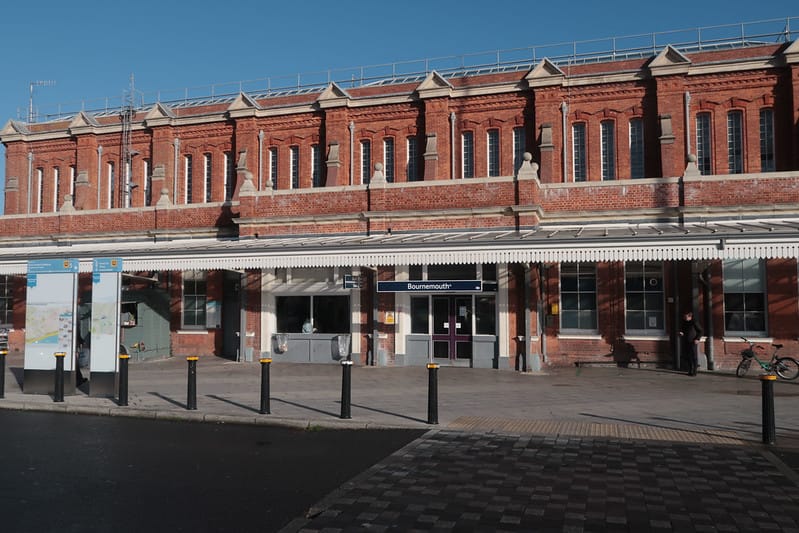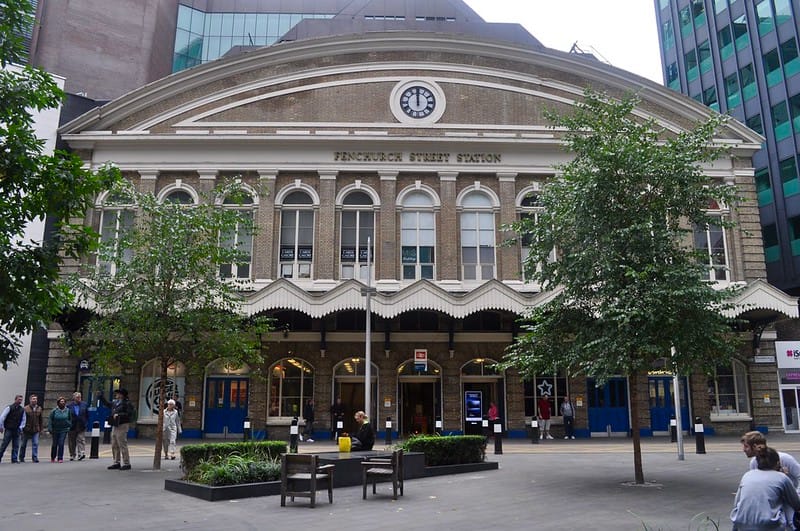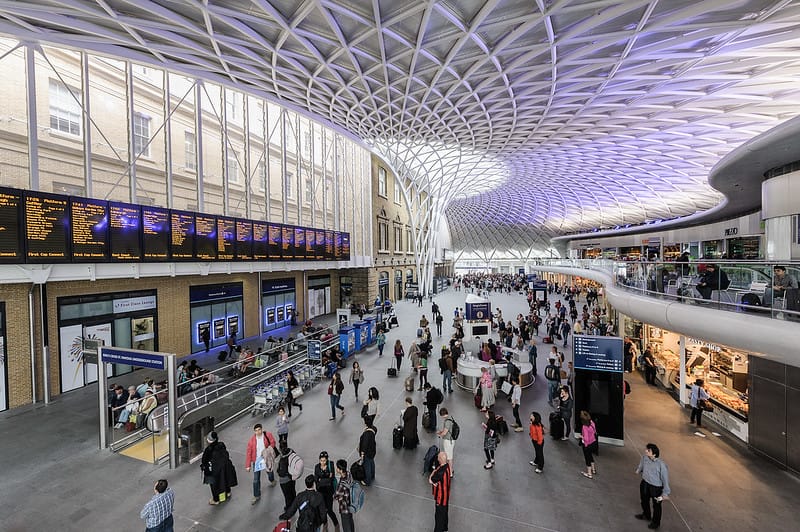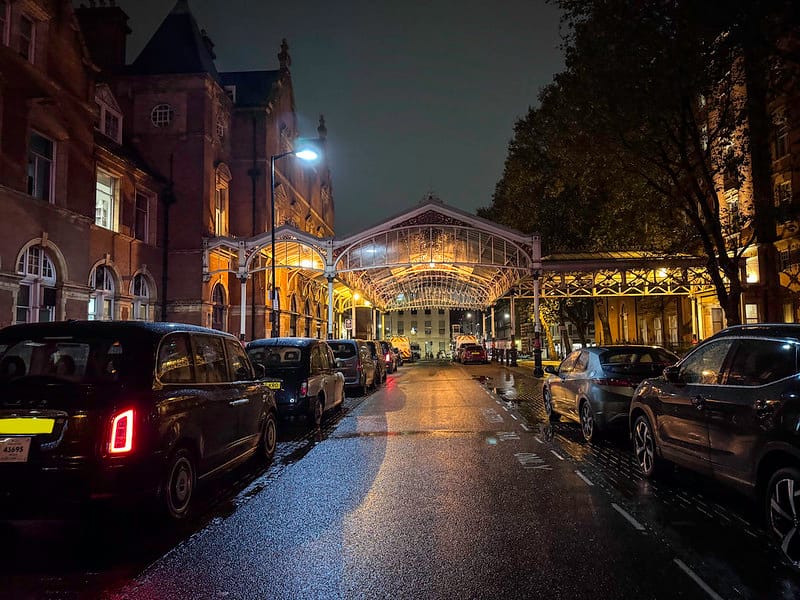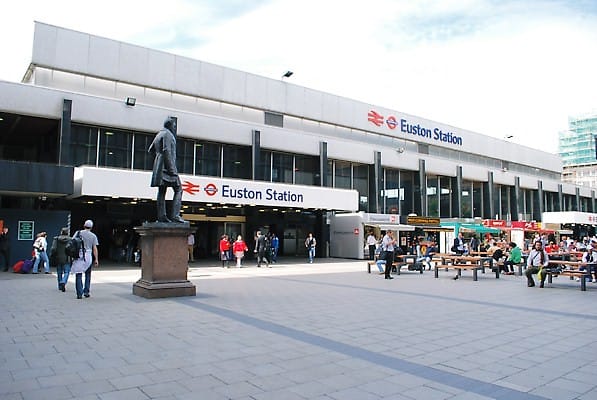Dorset is served by a mix of intercity and regional train services that connect the county’s coastal towns, seaside resorts, and inland communities with London, the South West, and beyond. In this guide, we break down the principal routes operating in the county, the stations you’ll find along the way, and approximate frequencies based on pre-pandemic and current service patterns.
South Western Railway Services
South Western Railway (SWR) is the dominant operator in Dorset. Its services largely run along what is known as the West of England route, linking London Waterloo with Dorset’s key destinations.
1. London Waterloo – Weymouth Service
Route Overview:
This flagship service connects the capital with the far southwest coast at Weymouth. As it cuts through Dorset it provides a vital link for both commuters and holidaymakers.
Key Dorset Stops:
- Bournemouth: A major transport hub in the county, offering connections to local bus services and onward rail links.
- Poole: Known for its marina and close proximity to Bournemouth, Poole station is a popular stop for both locals and visitors.
- Hamworthy: A smaller but important stop, serving nearby residential areas.
- Dorchester South: A key regional station that provides access to Dorset’s rural hinterland.
- Weymouth: The terminus on the southwest coast, popular for its seaside attractions.
Frequency:
- Approximate Frequency: Typically, there are about 8–10 trains per day in each direction.
- Peak vs. Off-Peak: Weekday peak periods may see a slightly higher frequency, while weekends and off-peak hours might offer fewer services.
2. London Waterloo – Bournemouth (and Beyond)
Route Overview:
A subset of the West of England route stops at Bournemouth with many services extending further to Weymouth. Some services terminate at Bournemouth, catering to commuters and regional travelers.
Stops (for services terminating at or calling at Bournemouth)
A common semi-fast (limited-stop) service might call at the following stations:
- London Waterloo (start of service)
- Clapham Junction
- Woking
- Farnborough (Main)
- Fleet
- Aldershot
- Bournemouth (terminus)
Frequency:
- Approximate Frequency: Given Bournemouth’s importance as a commuter hub, there can be up to 20 trains per day in each direction—especially on weekdays—with more frequent local stopping services in the peak hours.
Great Western Railway Services
Great Western Railway (GWR) also provides services that run through parts of Dorset, notably on routes that interlink with the “Heart of Wessex” line. These services tend to serve a slightly different market—connecting Dorset with the West Country and regional centres.
1. The Heart of Wessex Line: Bristol Temple Meads – Weymouth
Route Overview:
This service begins in Bristol and makes its way along a scenic route to Weymouth. Although much of the journey covers Somerset and Wiltshire, the Dorset portion is crucial for regional connectivity.
Typical Stopping Pattern for the Bristol Temple Meads – Weymouth Service
- Bristol Temple Meads (start of service)
- Bath Spa
- Trowbridge
- Westbury
- Dorchester South
- Weymouth (terminus)
Frequency:
- Approximate Frequency: Typically, there are around 4–6 trains per day in each direction on this route.
- Service Variations: Frequency may vary on weekends and in the off-peak season.
2. Inter-Regional Services Involving Dorset
Some services (sometimes operated by SWR but marketed or run in coordination with GWR on certain routes) link areas such as Portsmouth or Southampton with Weymouth via Dorset. While these services share many of the same stops as the London–Weymouth route, they sometimes have different stopping patterns to cater to local demand.
Key Dorset Stops (on these combined services):
- Bournemouth, Poole, Hamworthy, Dorchester South, and Weymouth.
Frequency:
- Approximate Frequency: Generally, expect 4–6 trains per day on these routes, with variations depending on the time of day and day of the week.
Local Considerations and Additional Stops
While the major intercity services cover the principal stations, many of the same trains also serve intermediate stops that might be of local interest. For example:
- Wimborne: Located on the South West Main Line, Wimborne is often served by trains running between Bournemouth and Dorchester South.
- Smaller or Seasonal Stops: Some services may call at additional stops or serve stations with a more limited timetable, especially in rural parts of Dorset.
Final Thoughts
Dorset’s rail network plays a crucial role in linking the county’s coastal resorts, market towns, and residential areas with major urban centres. Whether you’re commuting to London, setting off on a family holiday to the coast, or exploring the rural charms of the county, the train services—primarily operated by South Western Railway and Great Western Railway—offer a range of options to suit your needs.
Important Note:
Because train timetables are subject to change, and operators may adjust frequencies or stopping patterns seasonally, always check current timetables (via the National Rail Enquiries website or the relevant train operator’s page) before planning your journey.
This overview provides a general guide to the train services in Dorset, listing the main routes, key stops, and approximate frequencies to help you navigate your travel plans in this scenic county.
